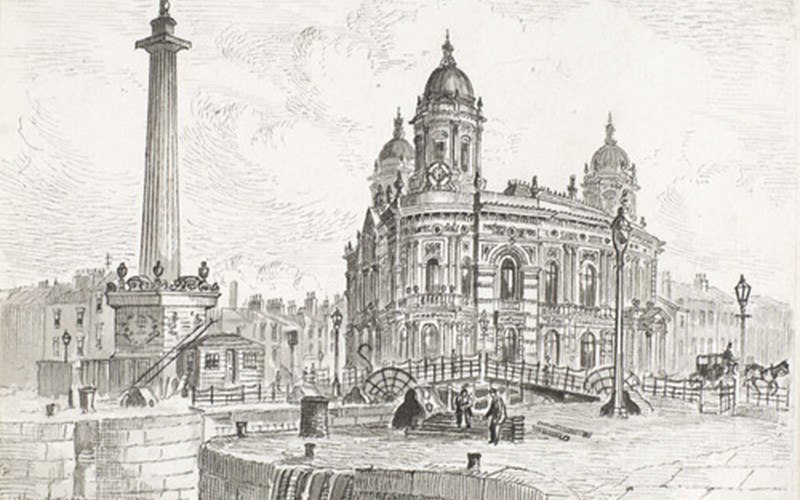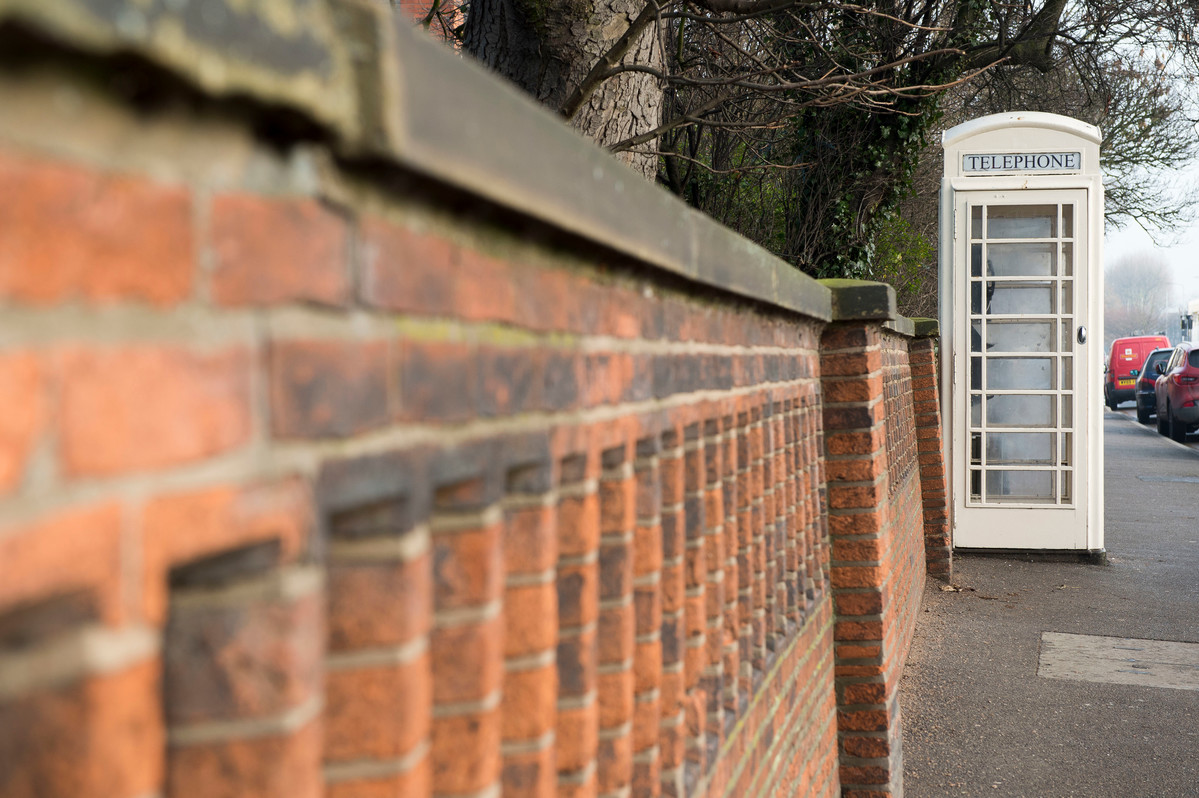The history of the William Wilberforce monument

The monument of William Wilberforce is an iconic landmark in Hull city centre. Today we’re chatting about its history and importance.
Who was he?
Hull-born William was an extremely influential man. MP for Yorkshire and anti-slave trade campaigner, Wilberforce is celebrated for his incredible work to eradicate the trading of slaves in the UK.
For 18 years, Wilberforce lobbied for the abolition of the slave trade, regularly introducing anti-slavery motions in parliament.
In 1807, the slave trade was finally abolished, but this did not free those who were already enslaved. Wilberforce continued to work until 1825 towards a further act, which would emancipate the rest.
This was achieved in 1833, the same year that William died. An act was passed granting freedom to all slaves in the British Empire.
Wilberforce is also honoured for his work in social reform, particularly the improvement of factory conditions in Britain.
This social consciousness took a lot of inspiration from his newfound Christian faith, which is documented in his private letters. These can be found in the Wilberforce House museum.
The early days of the monument
In 1834, Mr W.H. Clark from Leeds was commissioned to design a column monument in Wilberforce’s honour.
The incredible statue ended up measuring 102 feet in total. The column reaches 90 feet, with Wilberforce’s 12-foot figure standing on top.
At the time, the total cost of the Wilberforce Monument was £1,250, which would be around £90,500 today.
Interestingly, the Wilberforce statue was an afterthought, as it was first designed to be just a column. In 1835 the figure was carved and sculpted by a Mr Feort.
The erection of the monument
The monument committee had a hard time deciding where to put the Wilberforce monument. Sites that could have been graced with the pillar included Belle Vue on Humber Bank, the road junction of George Street and Saville Street, and the end of Queen Street near the Humber.
Eventually, it was decided that the monument would be erected on Whitefriargate, near Princes Dock.
On 1 August 1834, the same day that slavery in the British colonies was officially abolished, the foundation for the monument was laid.
Relocation of the monument
It stood by Princes Dock for almost a century, until Queen’s Dock closed during the 1930s. Wilberforce was then moved to the eastern end of Queen’s Gardens and still stands there today, towering over the forecourt of Hull College.
It took four months in total to relocate the pillar.
Discover more at Wilberforce House
You can learn more about the life and work of this prominent historical figure at Wilberforce House on the High Street.
Originally the birthplace of William, the space was transformed into an educational centre and museum. Here you can discover his political work, personal life and letters of correspondence.
Open Monday to Saturday 10am-5pm and Sundays 1:30pm-4:30pm, Wilberforce House is completely free to look around. For more information, please visit the Culture 24 website.




